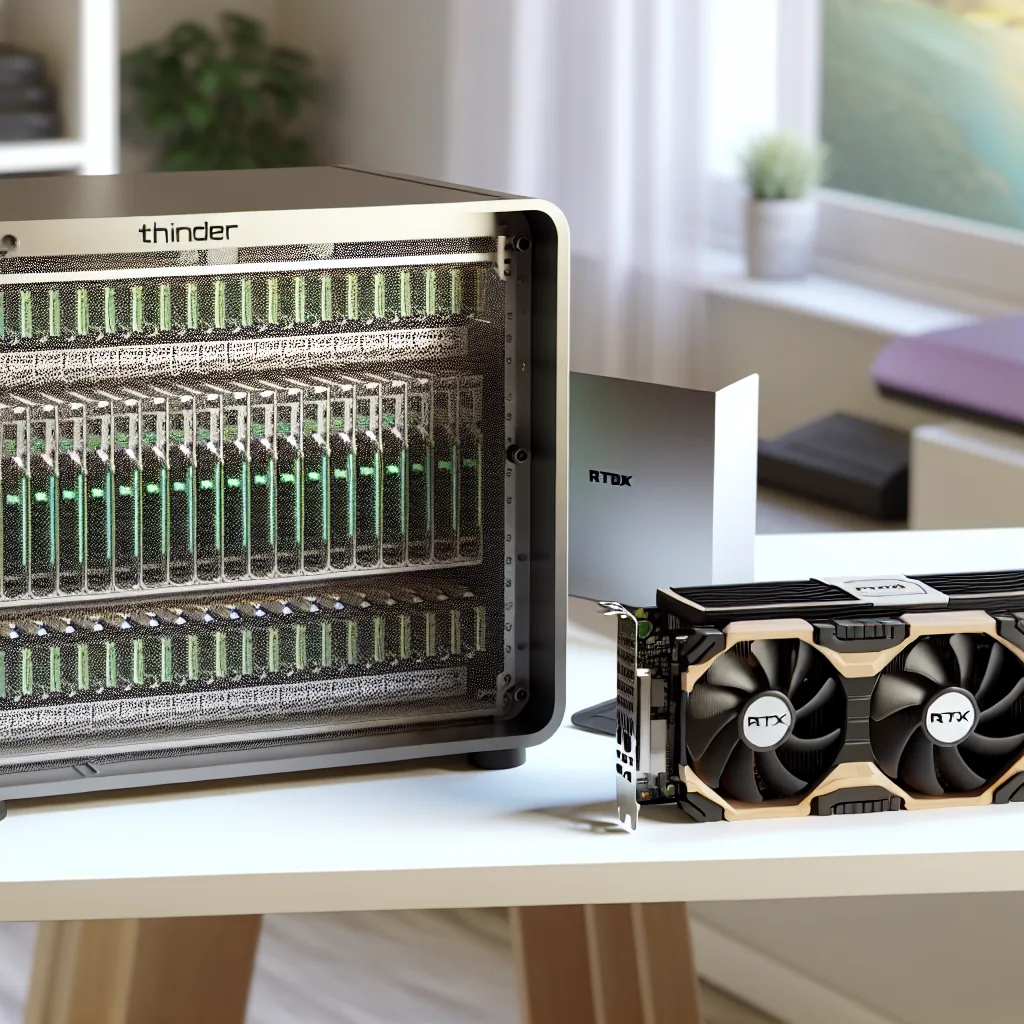Why upgrading my compact Threadripper build to a spacious mATX NAS case made all the difference
If you’ve ever built a server and then found yourself needing way more storage than you initially planned, you might relate to my recent experience with a Sliger server rebuild. I originally built a powerful little server back in 2019 featuring a Threadripper 1920 CPU and the ASRock Taichi X399M mATX motherboard, all tucked neatly into a Sliger Cerberus case. It looked great and ran strong for years. But then, my storage needs exploded, and I had to rethink the whole setup.
Why a Sliger server rebuild?
My big issue was disk space. I had a PCIe adapter card with four NVMe SSDs configured as a 6TB RAID array, which was great for speed but getting expensive. SSDs for lots of storage don’t come cheap, and I needed to expand beyond what the Cerberus case could handle — it just couldn’t fit more than maybe one 3.5″ drive, if I was lucky.
I started looking at the Sliger store again because, well, I love their cases. That’s when I noticed the 3U C3702 mATX NAS case — it was like the perfect fit for my needs, mainly because it supports up to 10 3.5″ bays. Problem was, my existing GPU and CPU cooler wouldn’t fit inside; plus, I wanted to upgrade those too.
Upgrading the guts: The CPU and cooler choices
The GPU issue was easy: swapping my old RTX 2070 for a refurbished RTX A4000 was a no-brainer for better performance and to fit the new case better. The CPU cooler was trickier. I was already using the smallest Noctua cooler for the TR4 socket, but it wouldn’t fit the new C3702 neatly. So, I decided to take a gamble and upgraded my Threadripper 1920 (a solid chip) to a used 2990, effectively doubling the thermal design power (TDP).
To keep temperatures in check, I replaced the Noctua NH-U9 cooler with a Dynatron A50, swapped its fan out for a Noctua 80mm fan to keep noise down, and crossed my fingers. Spoiler: it worked. The temps are solid both at idle and under load, and it’s just as quiet as before.
Why not just upgrade to newer hardware?
You might wonder why I didn’t simply move to a modern CPU and motherboard combo, like an AM4 or AM5 setup. The reason? The ASRock Taichi X399M mATX motherboard is still one of the best options if you want multiple PCIe slots with full 16-lane access each — something newer boards struggle to offer, especially in mATX form factor.
Sure, the tech is a bit dated (older PCIe and DDR memory), and RAM capacity is a bottleneck. I’m even considering pushing if the board can handle 128GB RAM instead of the listed 64GB, though that’s definitely a risky upgrade.
What I gained from this Sliger server rebuild
- More storage bays: The C3702 allows for up to 10 x 3.5″ drives, a huge leap from what my old setup could handle.
- Better cooling with silence: Even with a more powerful CPU and bigger cooler, the noise stayed low, which is a big plus.
- Long-term expansion potential: Those 3 PCIe slots each with 16 lanes on the motherboard mean I’ve got space to add more cards if needed.
If you’re balancing space, cost, and power, sometimes sticking with solid older hardware and upgrading smartly is a great way to go. This server rebuild feels like a fresh start without the hassle of changing everything.
For those curious, you can check out the Sliger NAS case options here and learn more about the Threadripper CPUs from AMD’s official site. The ASRock Taichi X399M motherboard details are also available from ASRock’s website.
All in all, this Sliger server rebuild was about balancing what’s already working with what I need now. For anyone out there in a similar spot, this might give you some ideas on how to approach your own build upgrades.
